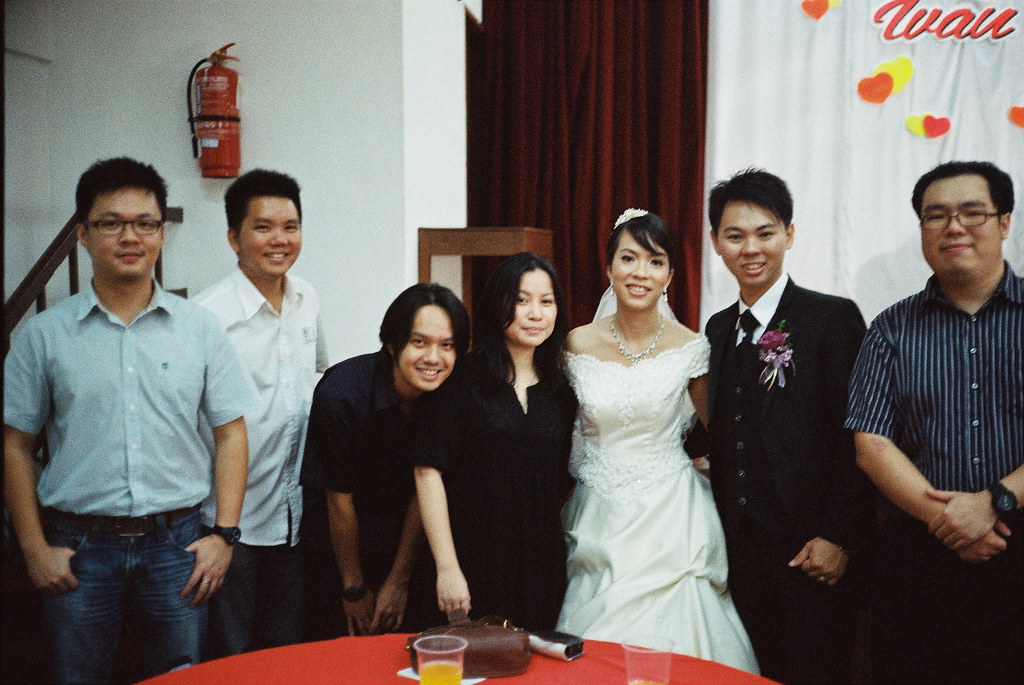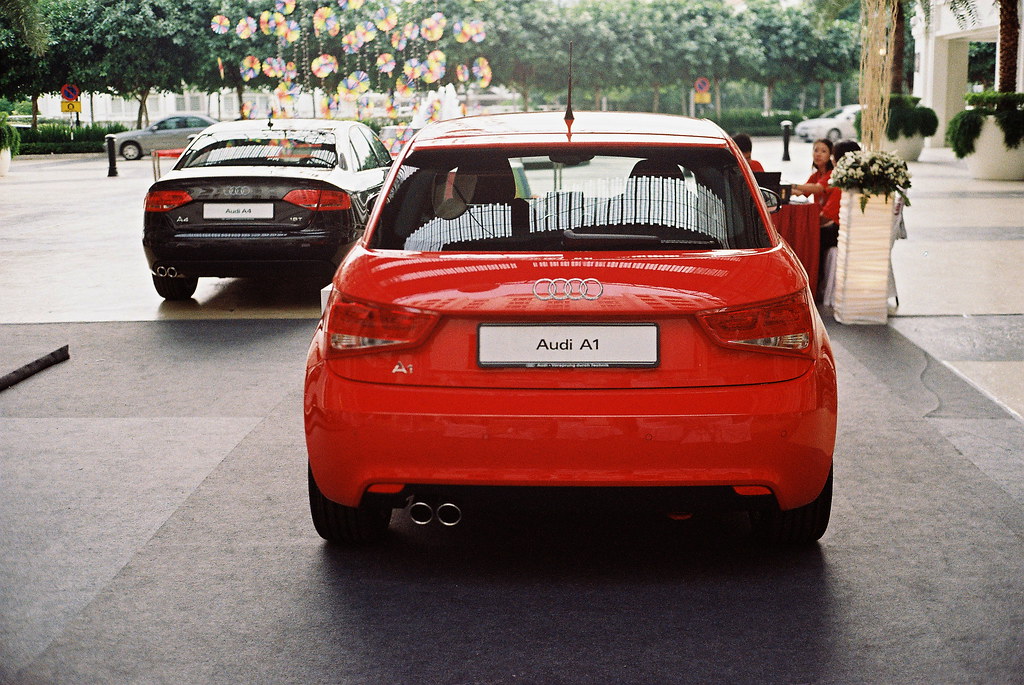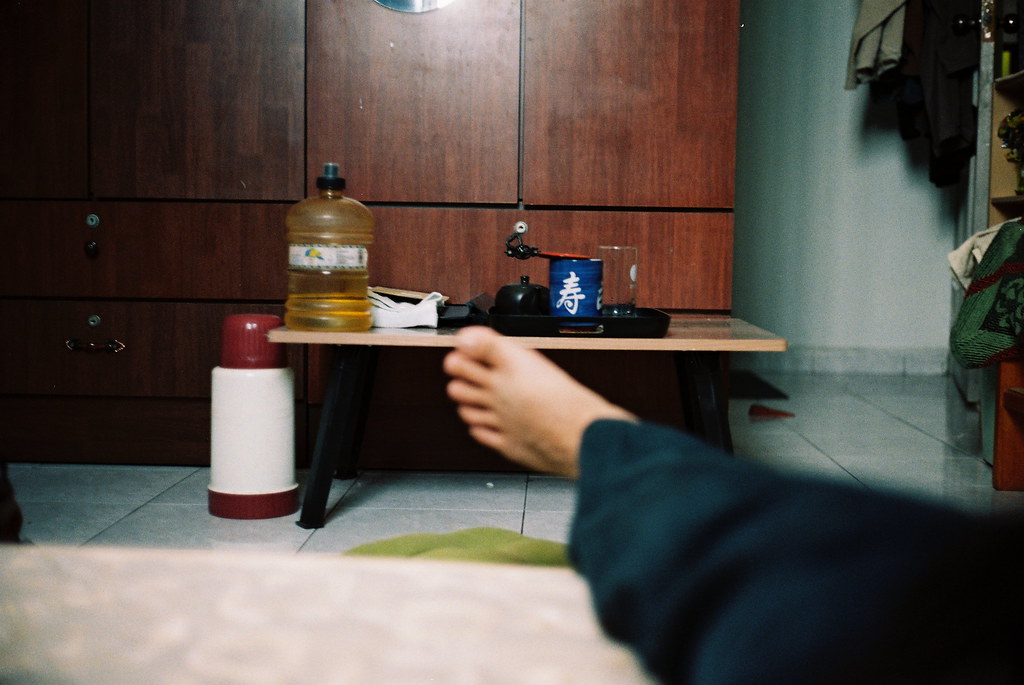PROS:
1. It’s very quiet
Some people I know (sadly), would set their DSLR into burst mode just to hear that CLACK CLACK CLACK CLACK sound, likening it to a mating roar of an African lion. I guess in their minds, that would get the lioness to pay attention to them and ask them for a hump. Pardon the stupid analogy (if it’s even correct), but God, I don’t want to be seen OR heard while shooting that beautiful woman across my table drinking a glass of Cabernet Sauvignon. That would get me splashed with the said glass of Cabernet, or worse, being beaten up by her rich boyfriend.
2. It’s small and light
In a period where your photography is measured based on the size of your e-penis (how big your lens and DSLR body is), it feels kind of weird to be seen carrying a camera the size of 2 cigarette packs glued together. But is bigger necessarily better? Heck no. If that was the case, Henri-Cartier Bresson and Nick Ut would be carrying their gear on donkeys while traversing Paris or Southern Vietnam. Their timeless pieces were all shot using small and unassuming black boxes. Discretion is the key word here. Unless you have some insecurity complex, who would want to be stared at while taking a picture?
3. It looks great
I bought the 35 SP purely on it’s looks. There, I said it. I can’t afford an M4-P or Ikon ZM, so what else could I go for? Even a Voigtlander Bessa R3M is way out of my budget, so what better way to learn using a cheap, good looking contraption like Olympus’ finest?
CONS:
1. It’s not easy to compose
Some people (especially those who grew up using a DSLR and digital compacts from the get go) may not know that a rangefinder’s composing method is very different and will screw up your shots if you’re not aware of how it works. An RFs composition is represented by a box with gridlines, and within that box, is ANOTHER box with it’s own set of gridlines. Depending on how far you are from the subject, you need to be careful on which box you need to place your subject. In the 35 SP’s case, if you’re standing between 0.85 – 1.2m from your subject, you need to compose within the inner box. Anything from 1.2m – infinity, that would be the larger box. This is due to a phenomenon called parallax error, where the overall composition of a picture will change depending on your distance from it.
See what I mean now? I’m aware that some people have no issues with this sort of focusing method, especially the veterans who grew up with the Leica Ms. Remember, the SLR was invented way after the rangefinder, and it made a hell of a lot of difference in the way we shoot today. As they say, practice makes perfect and you’ll eventually grow into it. But for now, I’d rather stick to the SLR’s split grid focusing, thank you very much. It’s much faster and accurate for me.
The biggest problem for me, however, is that as mentioned above, the 35 SP requires you to stand at least 0.85m away from the subject to properly get them in focus. In an era when every digital camera can focus as close as 0.25m by default, this is somewhat of a ‘cultural shock’ to me. No close-ups, no pseudo macro shots. This really limits the type of subjects that you can shoot with, so you have to be aware of this before investing on a rangefinder. Ignorant fools need apply, cause some will assume that a rangefinder works like any other type of camera, and invest into a Leica or Voigtlander system only to find that it can't focus close enough for their needs.
2. It’s not easy to focus
In my personal experience, I normally don’t have an easy time while trying to focus using the patch method. This is due to not just a physically smaller viewfinder, but also that the patch is not very clear especially in low light conditions. I’ve seen worse, though (especially the way older Voigtlander Vitessa, which made me squint my eyes like crazy). Maybe I overestimated it, but I don’t really have anything else to compare with. I often read that the patches from Leica and the gorgeous Zeiss Ikon ZM are very clear, but I’ll reserve my judgment until I see one. One thing for sure, focusing with my OM-1n MD’s viewfinder is far sweeter and easier. Just look into the humongous prism to see what I mean (pun intended).
3. It’s not very practical
As I mentioned in the 1st point, it’s not easy to find an RF system that allow close up or mcaro shots. And the same applies to medium or long range telephoto. To the best of my knowledge , the longest focal length available is 135mm, which is just nice for real portrait photography (as per the standard set). Anything beyond that, you’re better off with a DSLR. There are ultra wide lenses available for the M mount by Voigtlander and Zeiss, yes I know. But that would also require you to change your view onto a hotshoe mounted viewfinder, a separate accessory altogether. I also know that this sort of ‘inconvenience’ comes with the territory, but if you can live with changing your field of view through 2 different devices (namely the mounted viewfinder and the internal one), that’s great.
And did any of you guys also realize that there are practically no zoom lenses for RF cameras, that only primes are commercially available today? It may not be much of a problem to some of us who are prime worshippers, but you can never deny the convenience of having multiple focal lengths in a single unit at times.






Great, hope you're still using this lovely camera
ReplyDelete